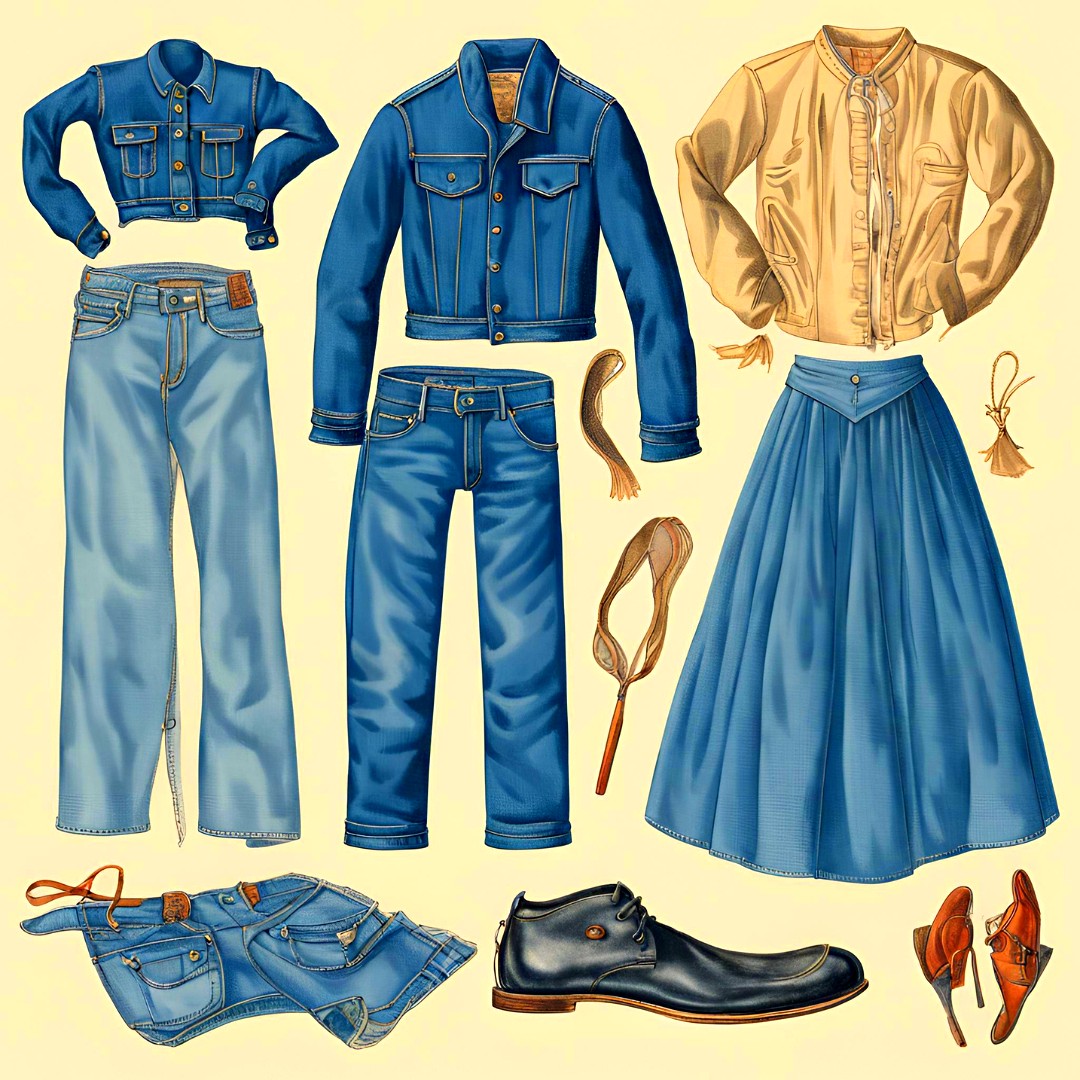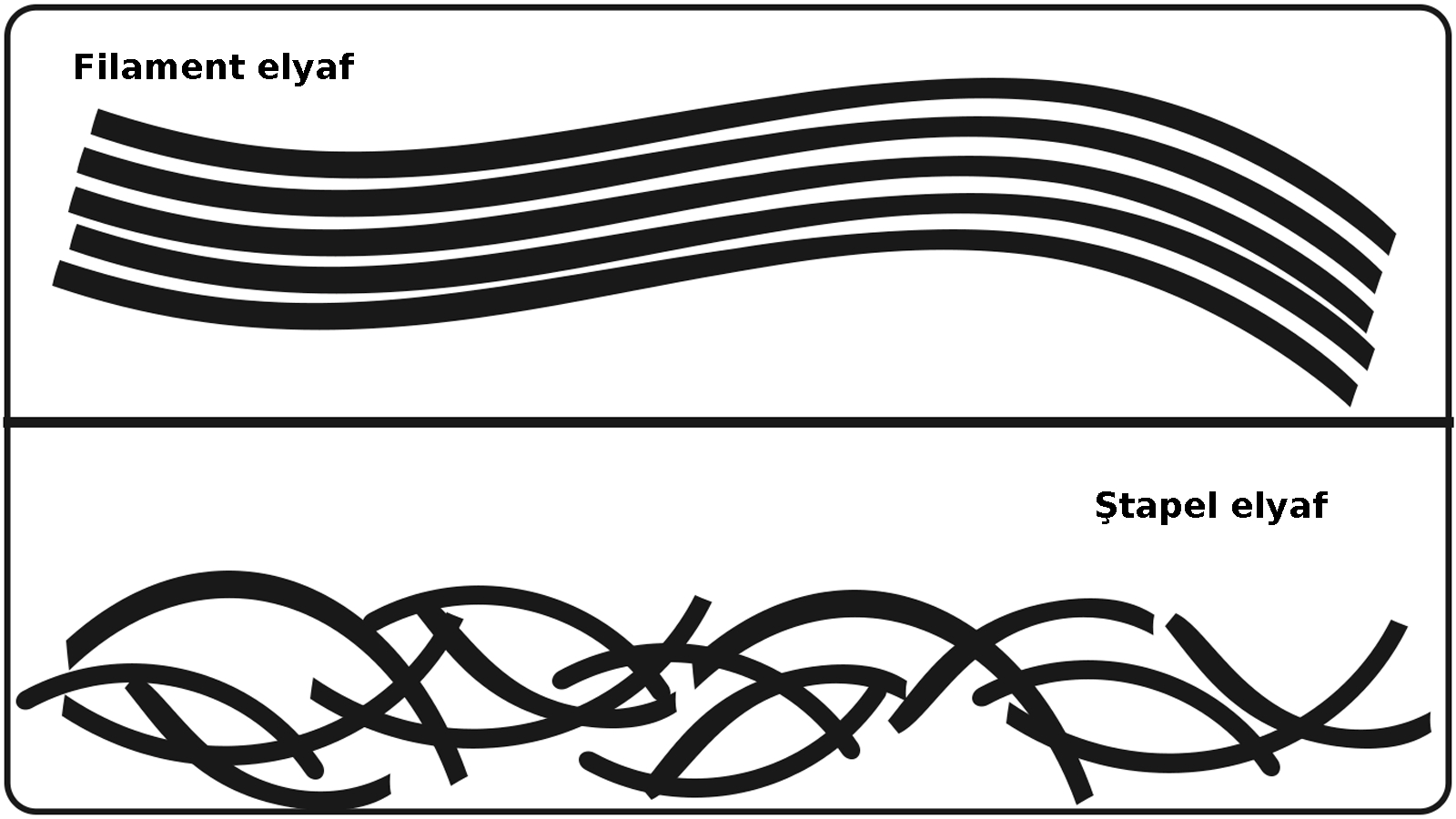Cotton Fiber Selection
20:29
0 comments
Cotton is a soft, fluffy staple fiber that grows in a boll, or protective case, around the seeds of the cotton plants of the genus Gossypium in the mallow family Malvaceae. The fiber is almost pure cellulose, and can contain minor percentages of waxes, fats, pectins, and water.
No matter the desired end result, proper fiber selection is the foundation of any successful spinning operation. With just over fifty percent of operation costs being required for raw material, it is very clear the importance of decisions made towards that end. In any spinning operation, the requirements of the end product, or of the consumer of the yarn, will be the dictating forces in determining the fiber quality and properties that are best suited for the most economic situation. Using fiber that is of better quality than required will prove unprofitable. Likewise, using fiber that is of poorer quality than required will result in losses as well. Most mills then find themselves in the precarious position of following a very narrow path of success where fiber quality is concerned. Correct decisions regarding the most suitable fiber properties for a given operation are paramount for maintaining profitability. In any spinning operation, the requirements of the end product, or of the consumer of the yarn, will be the dictating forces in determining the fiber quality and properties that are best suited for the most economic situation.
Using fiber that is of better quality than required will prove unprofitable. Likewise, using fiber that is of poorer quality than required will result in losses as well. Most mills then find themselves in the precarious position of following a very narrow path of success where fiber quality is concerned. Correct decisions regarding the most suitable fiber properties for a given operation are paramount for maintaining profitability. As is evidenced by the adjoining table, specific fiber properties vary in their importance according to the spinning system employed. These differences in importance are due to the mechanical design of the particular spinning system and the physics involved.
Ranking these properties in no way means that the lowest-ranked property is not to be considered. It simply displays the importance of the individual fiber properties for good spinning performance. From a yarn manufacturing standpoint, these are the usual criteria for making fiber purchases. For instance: Fiber length is more important to ring spinning than it is to rotor spinning in order to achieve acceptable results in the spinning mill. It should also be pointed out that with significant movement in yarn count, either towards the extreme coarse or fine side, some of these relationships may shift. The main consideration for all the spinning systems, as yarn count moves to the fine side, is fiber fineness (lower micronaire). This is due to the necessity of maintaining a sufficient number of fibers per cross-section in the yarn. Yarn end-use may also dictate the choice of fiber properties and their ranked importance. Weaving yarns typically are required to be stronger and have higher tensile values than their knitting counterparts. This places more emphasis on the ultimate strength of the yarn and not just on its spinning performance.
-
İş sağlığı ve güvenliği için bazı işletmelerde pr ayakkabı kullanımı gereklidir. Ayakkabılarda rastladığımız "PR" terimi, İngiliz...
-
Ayakkabılarda doğru numara seçimi sağlık ve kullanım ömrü açısından önem arz eder. Kesirli Ayakkabı Numaraları Ne Anlama Geliyor? 🤔 Bazı a...
-
Yeşil renk ve tonları, sarı ile mavi ışığın birleşmesi sonucu oluşur ve fotosentetik pigmentler nedeniyle bitki yapraklarında yaygın olarak ...
-
Mavi polycotton nevresim takımı. Polycotton , polyester ile pamuğu (cotton) karıştırarak elde edilen, her iki elyafın en iyi performans ...
-
Kumaşın ön yüzünün ve arka yüzünün gösterimi. Kumaş yüzü (Alm. Stoffvorderseite, Fr. front de tissue, İng. fabric face; face of fab...
-
Rahat bir kullanım için ayağın genişliği ve uzunluğuna uygun ayakkabıyı seçmek son derece önemlidir. Ayakkabı Genişlik Terimleri: E, F, FX,...
-
Lif kısaltmaları tekstilde elbise üretiminin her aşamasında kullanılır. Tekstil, Kumaş, Lif ve Elyaf Kısaltmaları : Tekstil endüstrisi, lif...
-
Parlement mavisi rengi, denizin hava kararırken aldığı renk olarak tanımlanabilecek mavidir. Parlement mavisi, orijinal olarak lapis lazul...
-
Şali kumaş bayrak. Şali , tiftik iplikten dokunmuş ince bir kumaş türüdür. Kaba ve seyrek dokunanları genelde bayrak yapımında kullanılmış...
-
Ütü parlaması çok yoğun ise elbise kullanılmaz hale gelir. Ütü yaparken özellikle pantolon gibi hassas kıyafetlerde parlama oluşabilir. Ütü...
-
Türk tekstil ve hazır giyim sektörü: yerli markaların yükselişi. Türkiye'nin lokomotif sektörlerinden biri olan tekstil ve hazır giyim...
-
Akrilik elyaf, iyi yalıtım özelliğine sahip olmasıyla öne çıkan sentetik bir lif türüdür. Akrilik Elyaf: Tanım ve Özellikler Akrilik, ( Alm....
-
Kumaş numunesi. 1) Yapılarına göre (nasıl yapıldıysa o ismi alır) a) Dokunmamış kumaşlar - Nonwoven , keçeler, kağıt telalar, elyaf, vi...
-
Ünlü Türk modacı ve tasarımcılarının kreasyonları artık dünya moda başkentlerinde sergileniyor. Türkiye'de tekstil ve moda sektörünü...
-
Farklı renk ve türdeki kumaş çeşitleri. Kumaş, ipliklerin, çeşitli yöntemlerle bir araya getirilerek oluşturduğu kaplayıcı yüzeylerd...
-
Türk ayakkabı markaları, yerli ham maddeyi mükemmel işçilik ve estetik tasarımlarla birleştiriyor. Türk malı ayakkabı ürünler, kalitesi ve e...
-
Dünyanın en meşhur modacıları. Dünyaca ünlü modacılar Her sezon önce podyumları sonra da vitrinleri süsleyen özel koleksiyonların arkas...
-
Lif kısaltmaları tekstilde elbise üretiminin her aşamasında kullanılır. Tekstil, Kumaş, Lif ve Elyaf Kısaltmaları : Tekstil endüstrisi, lif...
-
Naylon olarak da bilinen polyamid kumaşlar sentetik kökenli bir kumaş türüdür. Polyamid ya da naylon (Alm. Polyamidfaser, Fr. fibre ...
-
Tekstil ürünlerinin etiketlerinde yıkama, kurutma ve ütüleme ile ilgili semboller bulunur. Tekstil Ürünleri için Tavsiye Edilen Yıkama Tali...




















































































































0 yorum:
Yorum Gönder
Merhaba, daha kaliteli bir site için yorumlarınızı bekliyoruz.